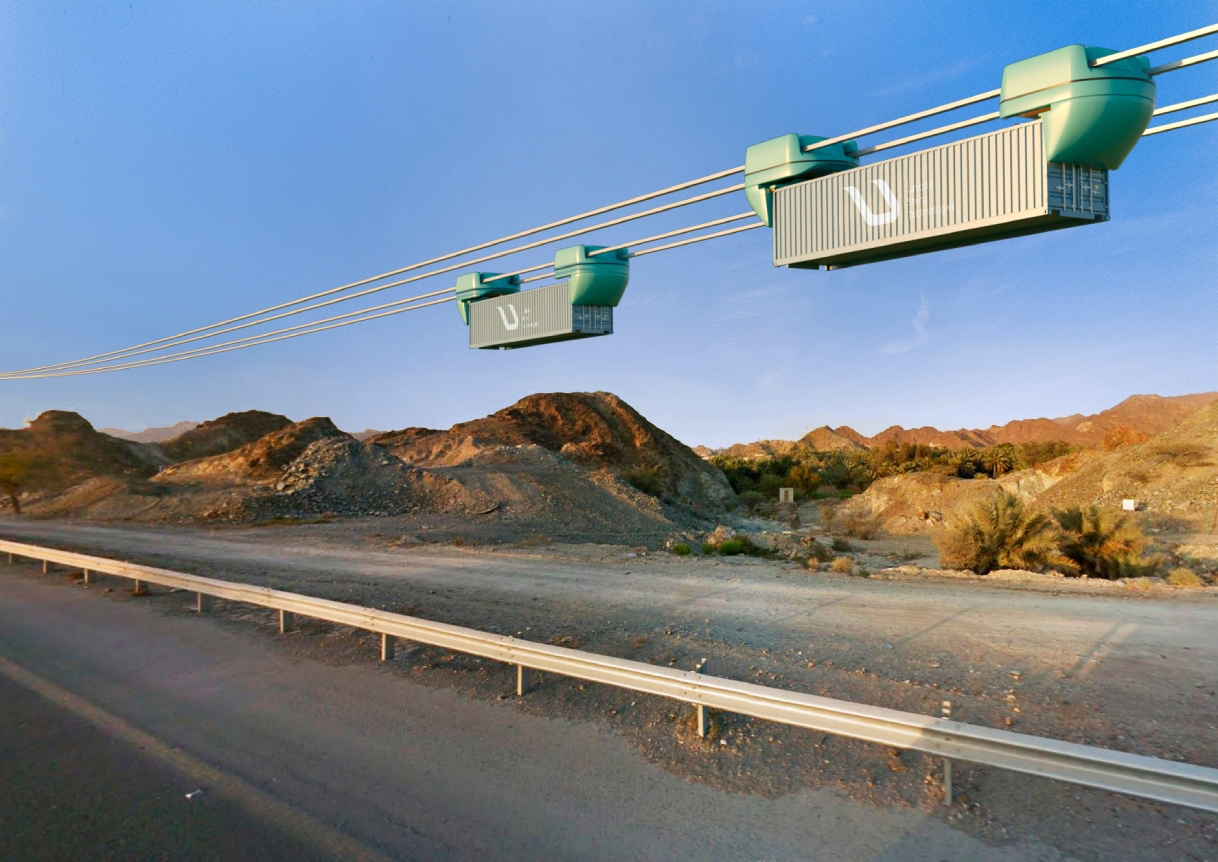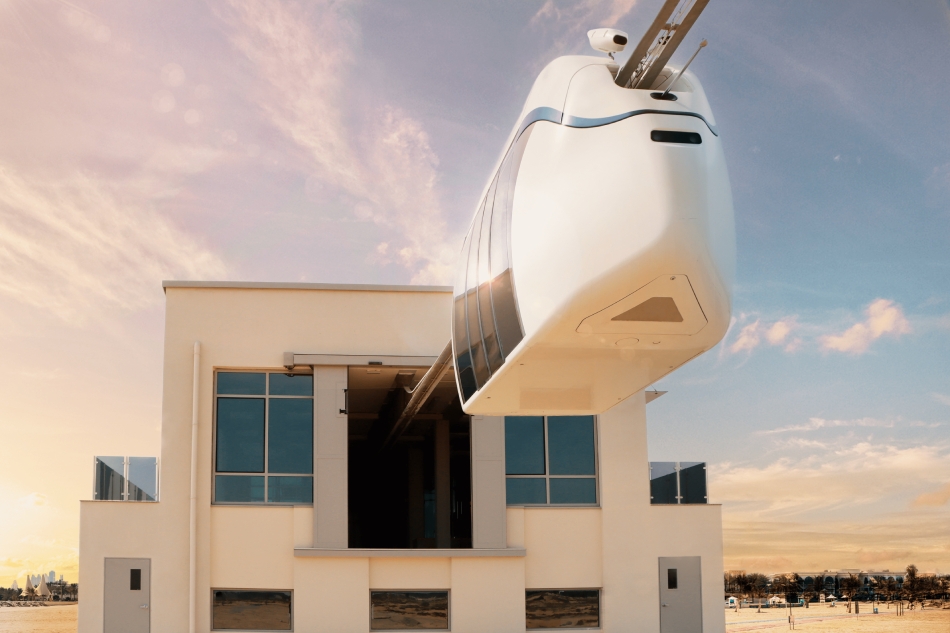UST Inc.’s General Designer spoke about the capabilities of the SW Plant production complex

Anatoli Unitsky emphasized that the complex in Belarus is equipped with everything necessary, including modern machinery equipment for small-scale production of uPods in quantities of up to 100 units per year.
As the author of the uST technology noted, today SW Plant fully satisfies the production needs of the Unitsky Group of Companies (including Unitsky String Technologies Inc.) for prototypes of cargo, passenger, and high-speed uPods.
Unitsky Group of Companies – Unitsky String Technologies Inc., SW Plant production complex, uSky Transport and uScovery companies, as well as several marketing representative offices in other countries.
As for the serial production of uPods, the need for it will arise when the supply of rolling stock for targeted projects begins, the General Designer said:
“If the demand for rolling stock increases, for example, to 100 and 1000 pieces per year, we will be able to scale our production and build a plant in a country, where a large targeted project will be implemented. Where it will be beneficial for us. While single and small-scale supply of rolling stock can be carried out from Belarus - both now and in the future in quantities of up to 100 units per year.”
More news

News
26 February 2024
UST Inc.’s General Director Featured In Forbes Publication: How Companies Can Promote a New High-Tech Product
Forbes has published an expert opinion by Nadezhda Kosareva, the General Director of Unitsky String Technologies Inc.

Blog
13 January 2023
How Can uST Solution Optimize the Transportation of Shipping Containers?
The use of uPods can displace combined transportation and reduce delivery time: the uCont is designed to transport shipping containers at speeds of up to 150 km/h.

News
27 Junе 2024
uST Transport Featured in Office Life's Film Review
Belarusian media together with the leading specialist of the State Film Register of the Ministry of Culture of Belarus and film critic Anton Gonzalez compared which of the technologies depicted in movies in different years have now become a reality.

